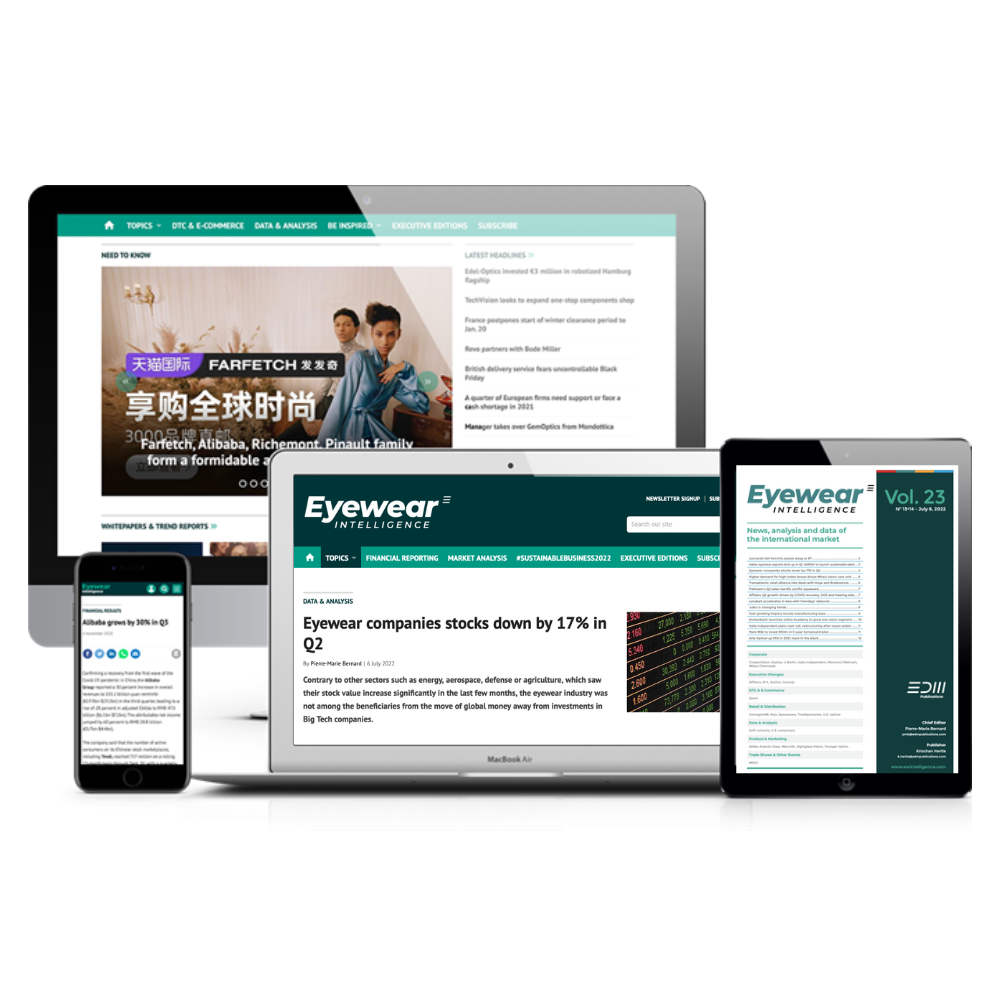New Japanese Lens Introductions At Ioft
As usual, some Japanese companies used the IOFT show in Tokyo last October to introduce some new technologies, initially on the domestic Japanese market. Not all of them will make their way to Europe or the USA, or at least not right away, partly because of the increasing sophistication needed ...
Already an Eyewear Intelligence subscriber? Sign in here.

Subscribe today
Buying a membership today will give you:
- Unlimited access to ewintelligence.com - all insight and analysis available online
- Our executive edition of Eyewear Intelligence (Digital Edition) - the must-read for all decision-makers in the industry
- Weekly E-mail Briefing from the Chief Editor with the lastest analysis and most important industry developments
- Case studies and best practices on business challenges
- Guest chronicles, interviews, insights from industry experts and leaders that are shaping the future of the industry
- Access to over 11,500 articles and analyses in the archive
- Personal library to save articles and track your key content
- Powerful search and intuitive navigation
- Organisation-wide access across offices, people and devices
To continue reading this article register now.

